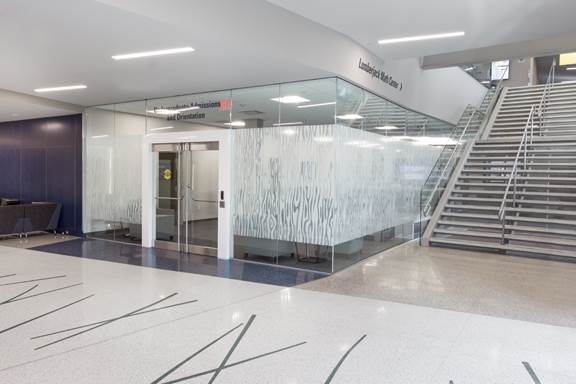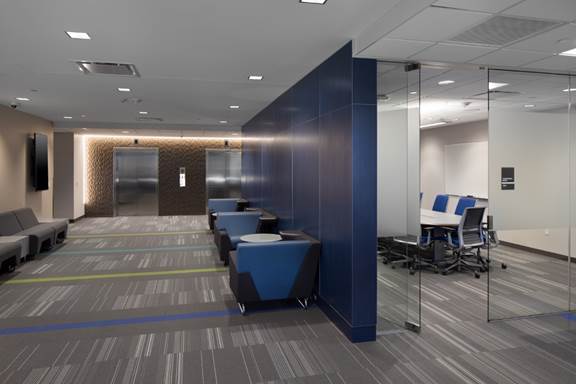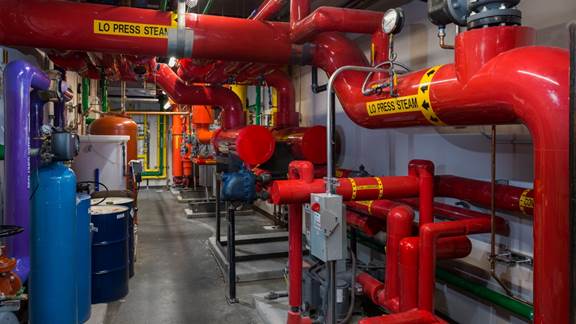Gallery
STUDENT ACADEMIC SERVICES




Energy efficiency
14.5% energy cost savings are achieved in the building using innovative energy savings elements such as low-E insulated glazing, green power, and the utilization of remote HVAC controls.
35% of the building’s electricity is provided by renewable energy sources.
A combination of shading and high reflective materials were provided for 100% of the site hardscape. High reflective roofing material is used to keep the building cooler and reduce impact on the surrounding environment.
The building envelope is designed to passively react to its orientation on site. Heat gain from the west (and largest side) is minimized by smaller windows; northern and southern openings are maximized to bring daylight into the building.
Reduced building impact
76% of construction waste was diverted to reclamation facilities.
Construction materials were 20% recycled content by cost.
19% of materials by cost were manufactured within 500 miles.
Water efficiency
The utilization of native and adaptive plants reduces potable water consumption for landscaping by 75%.
Interior water use for the building was reduced by 44% due to the installation of low-flow water fixtures.
Indoor Environmental Quality
Enhanced acoustics performance is effective in promoting occupants’ well-being, productivity and communications. Room noise levels and reverberations are reduced throughout the building through the use of sound absorbing interior finishes.
Individual workstation lighting controls, dimmer and occupancy sensors are installed in all occupied rooms to promote productivity and comfort of building users.
REFERENCES.
https://nau.edu/facility-services/planning/building-green/student-academic-services(2)/